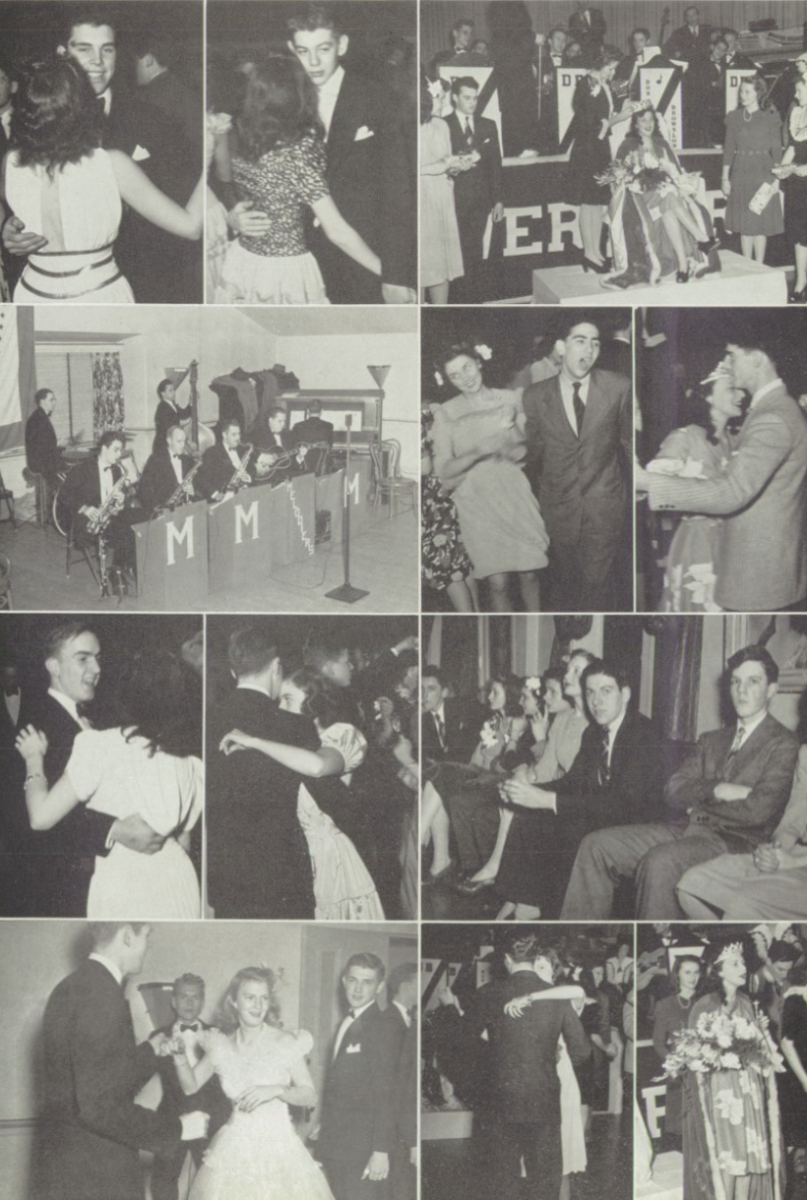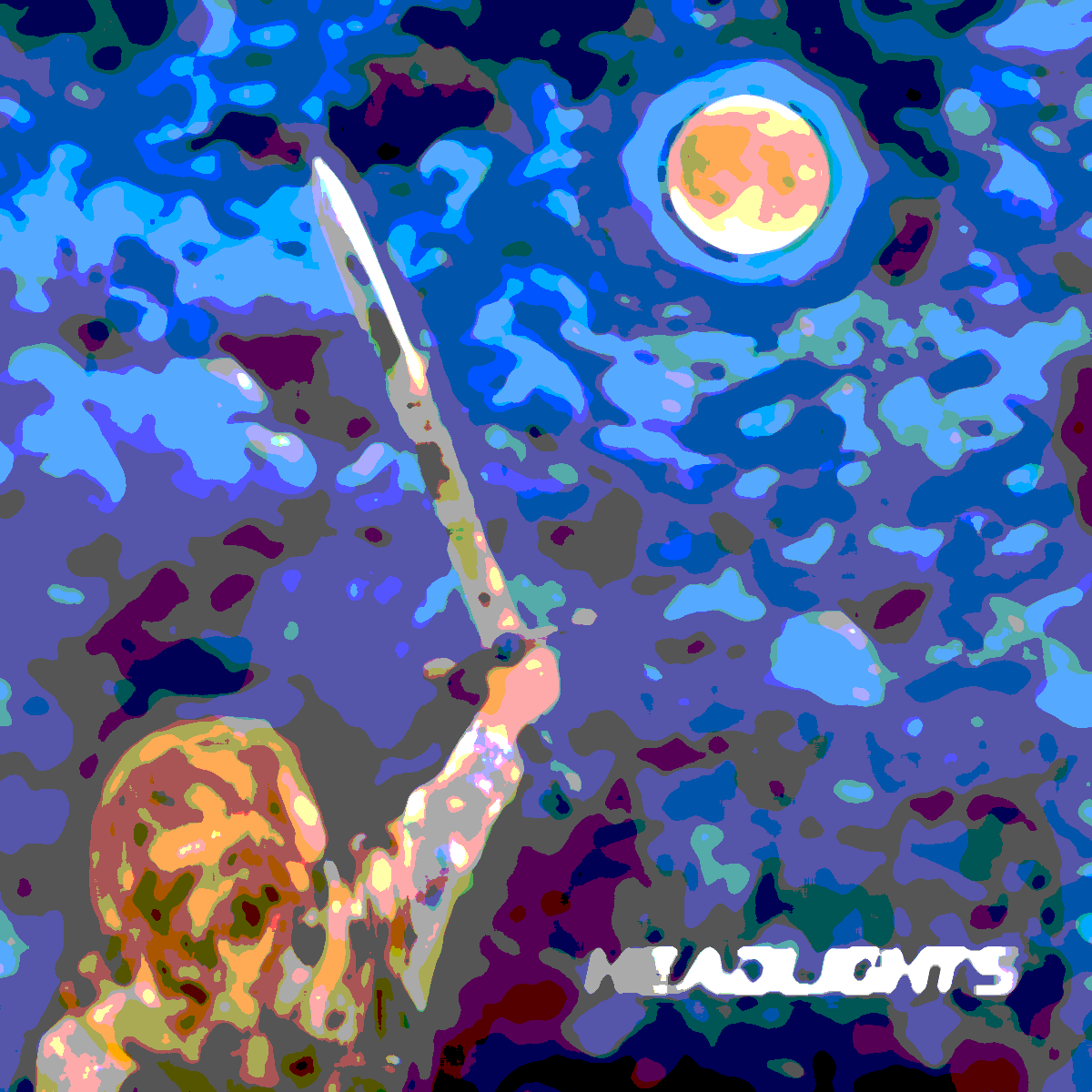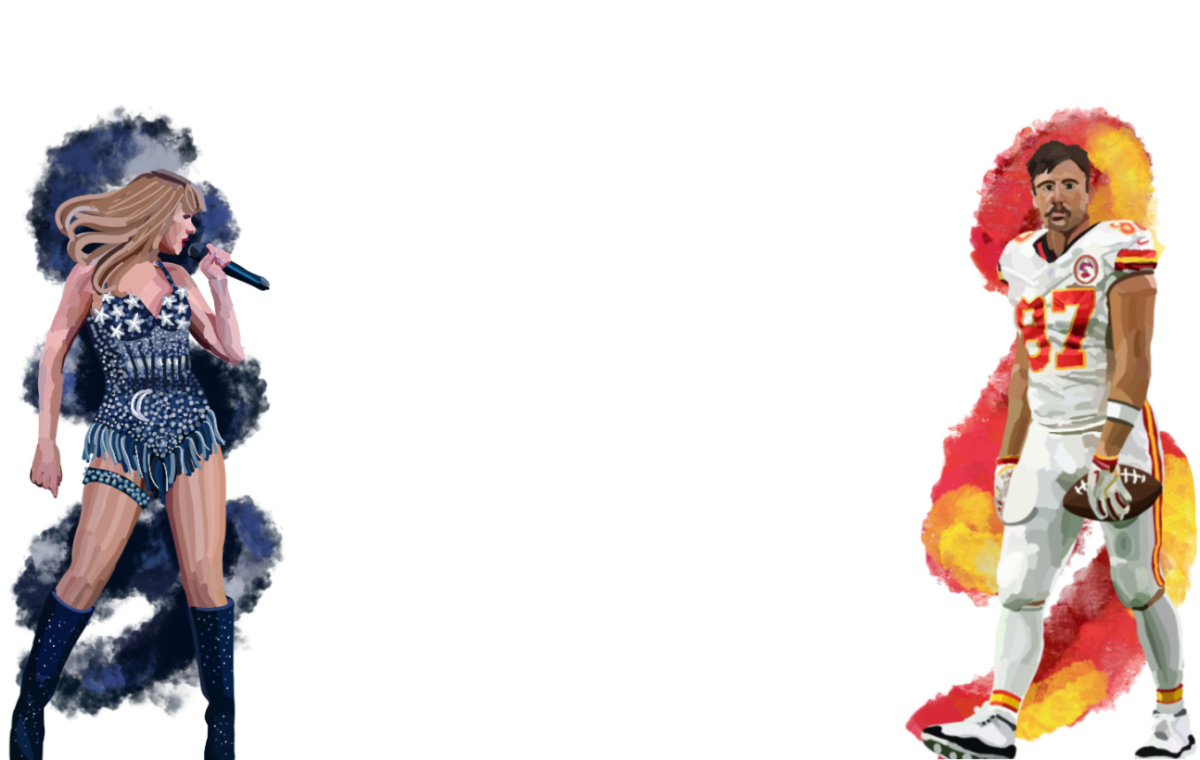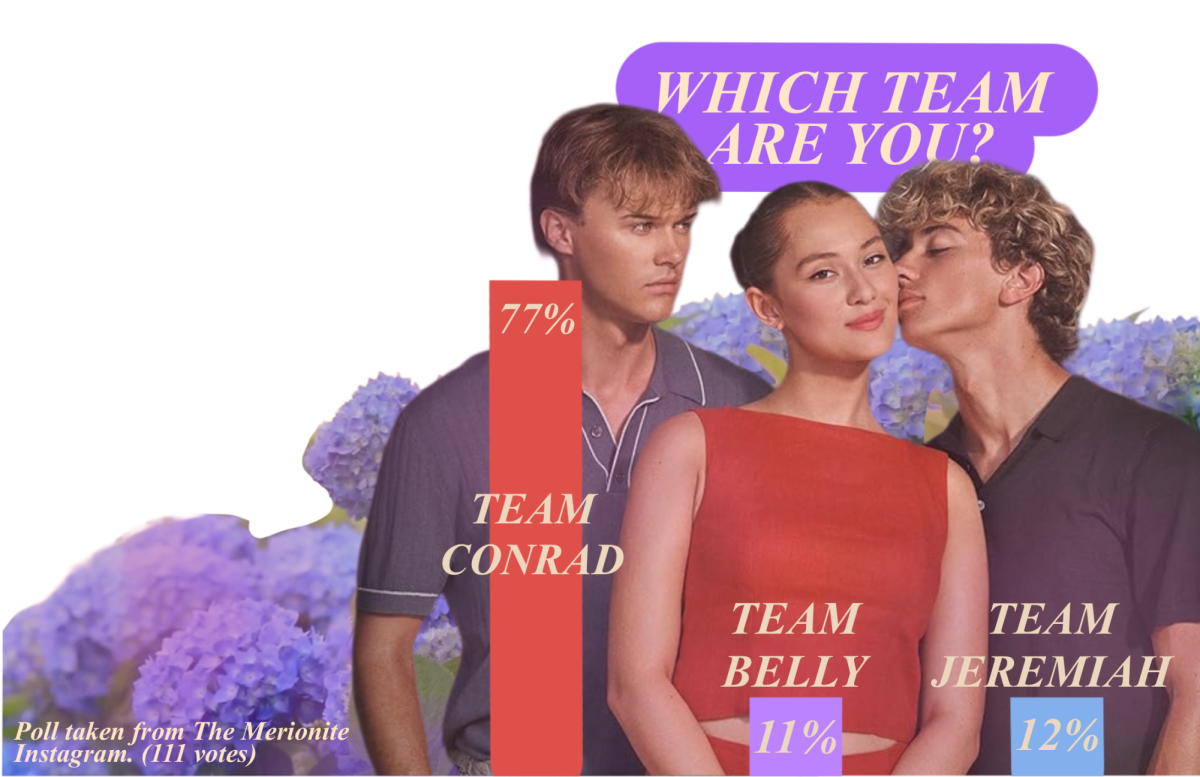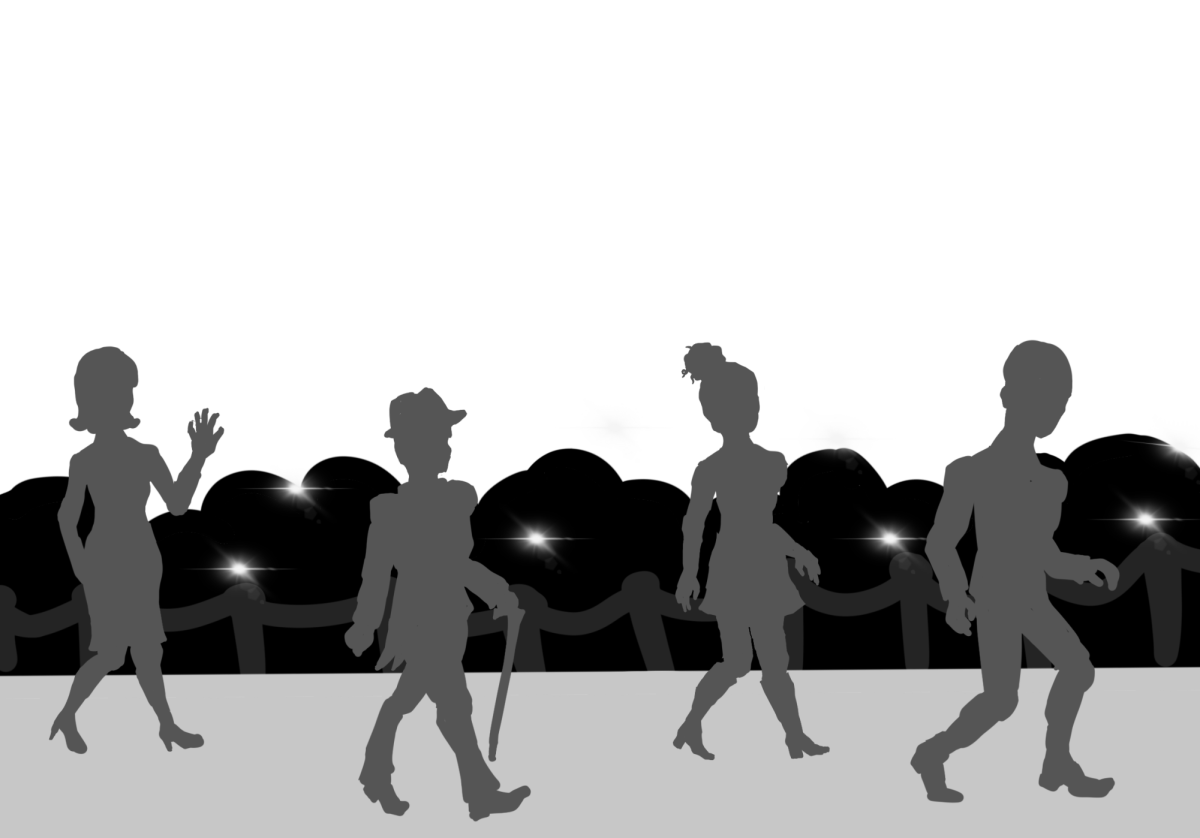With LM’s Homecoming dance approaching on November second, I began to wonder about what the past LM dances were like. The history of high school dance culture traces back to “Prom,” which is short for promenade. According to USA Today, the promenade originated in the 18th and 19th centuries from debutante balls that were a “popular high-society tradition” where guests paraded in formal attire. The formality of prom during the 1920s set the standard of how teenagers should behave based on the “cultural norms and stereotypes of their gender.” Homecoming, on the other hand, was created to promote a school’s football team with the goal that the team would win their game if more people came to celebrate them. Throughout the decades, dance culture at LM has gone through major transformations regarding fashion style, music choices, and social trends.
The formal dances at LM have been a long-lasting tradition. Chemistry teacher Kathleen Tsai, class of 2012, remembers several dances during her time at LM, including Junior Formal, Homecoming, and Prom. Most of the dances took place in the gym or cafeteria, but her prom was held at the Please Touch Museum. Tsai said, “events held at the school were semi-formal and Prom was formal.” Similar to what seniors post today on Instagram, the girls in her grade created a Facebook group to post their prom dress so no one would buy the same one. Music consisted of popular hits of the day like, Carly Rae Jepsen’s “Call Me Maybe” and Gotye’s “Somebody that I Used to Know.” Sean Capkin, Dean of students and LM class of 2002, recalls, “there were a lot more dances at LM, usually four or five during the year.” In addition to these recollections, there is a history which dates back even farther.
Being a third-generation student at LM, who’s father and grandmother both attended the school, I took personal interest in the history of LM’s dance culture. My father, class of 1992, shared that his most memorable dance was the Senior Prom held at the Philadelphia Museum of Art in the Great Hall. When asked about the fashion style, my father responded, “there was a lot of gelled hair and hairspray.” The prom featured the band, The Flamin’ Caucasians, a “famous” Philadelphia rock band. My father fondly remembers people arriving to prom in limousines, some in horse and carriages, and even one person in a U-Haul truck where they built a living room in the back, complete with a couch, a lamp, a rug, and art hung up on the walls.
In contrast, my grandmother did not remember much from prom but rather the “Sadie Hawkins Day Dance.” With the Sadie Hawkins Day Dance, “roles were reversed” and girls asked guys to be their date. My grandmother, who graduated in 1965, recalls that the dances took place in the Downs Gym. The fashion style was very different back then. “There were several rules on what to wear. Girls had to wear stockings with sandals and could not show their bare feet. Boys had to be well-dressed and could not come to school in just shorts.” These rules applied for the high school dances as well as everyday school attire. Many of these clothes came from the store Villager. “Villager was a style of clothing which was a cardigan buttoned all the way down the front and paired with A-line skirts. All the girls had Villager skirts.” The music was usually rock-and-roll and sometimes the dances showcased bands that were just starting up. My grandmother concluded by saying that overall, “high school dances allowed everyone to meet each other and make new friends.”
Yesterday’s popular and more formal partner dances like the Foxtrot and Twist have given way to crowd-surfing, hiphop, and mosh pits. Though the styles and culture may have changed over the last sixty years, one thing remains constant: LM students enjoy meeting up with friends, having a fun time, and of course dancing.


